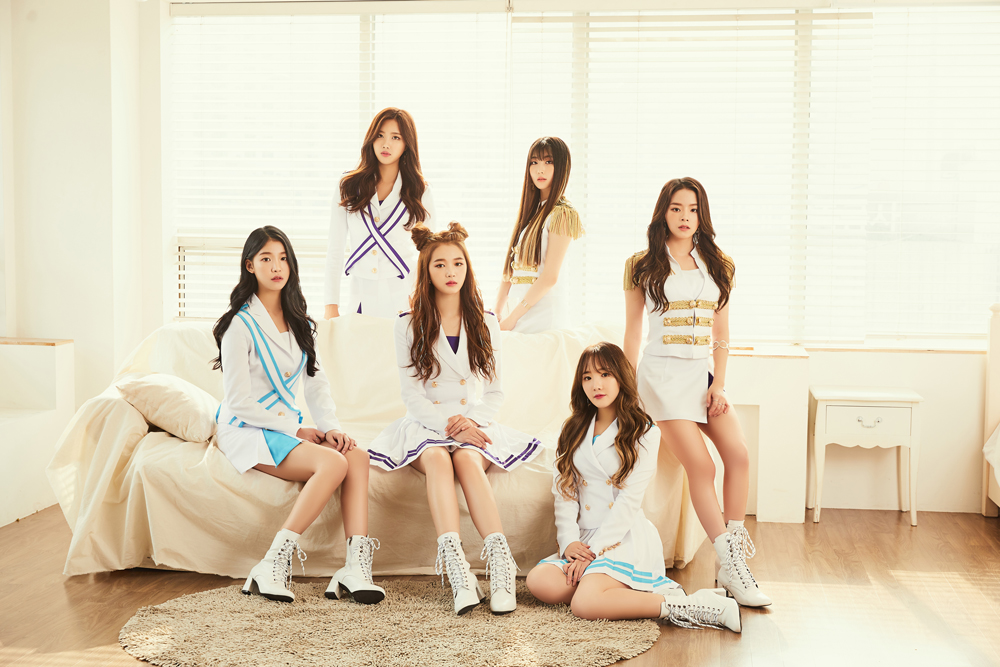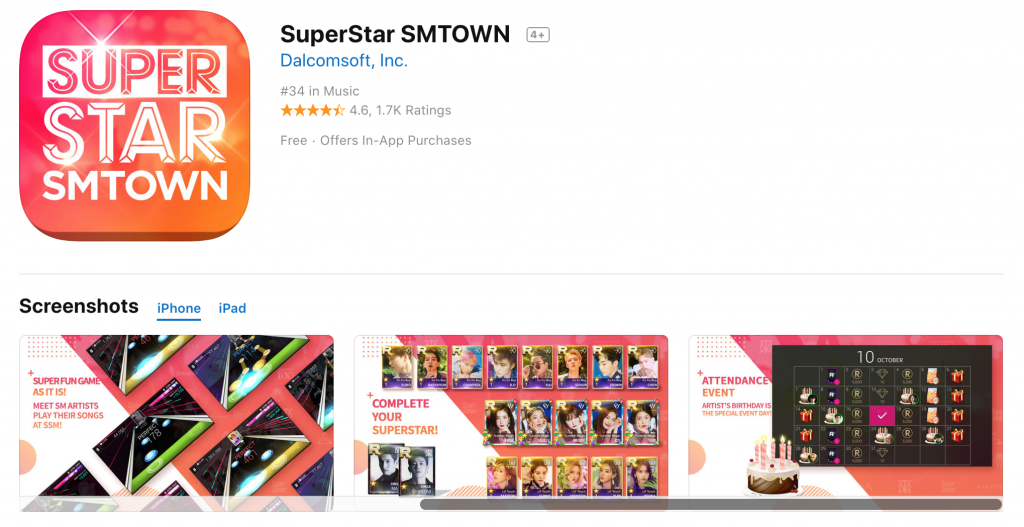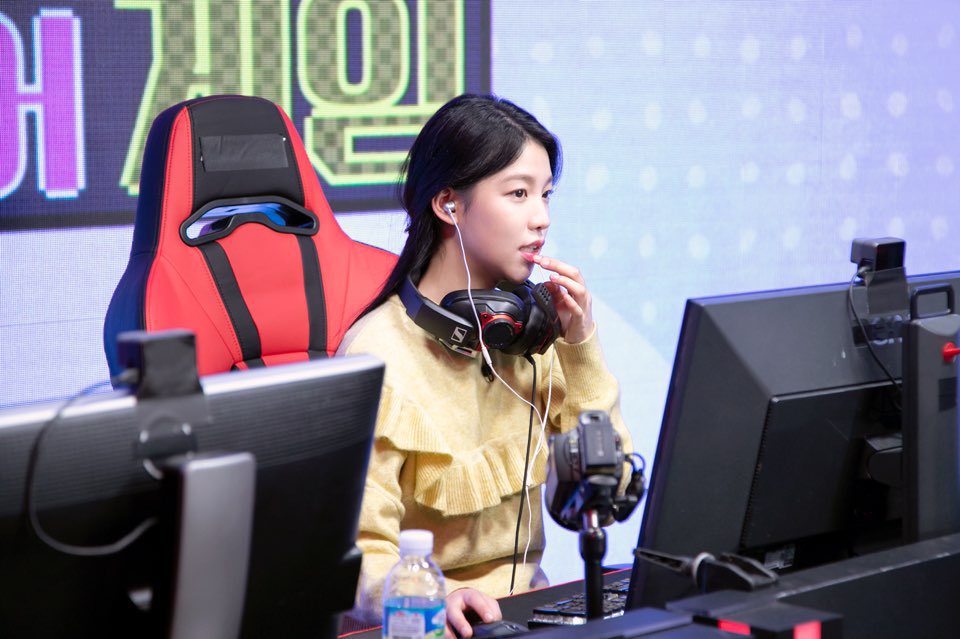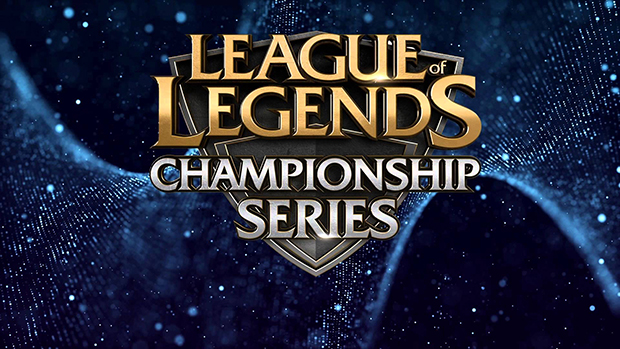
The end of 2018 saw the debut of Aqua, the first K-pop E-sports girl group. Working as a sextet, these idols and their company aim to integrate gaming and K-pop into one scene. Other than releasing music (their debut single was aptly titled “Log In”), these six girls also take part in various gaming events.
For example, when the group appeared at the Dragon Nest M PVP Carnival, not only did they perform, but also partook in competitively playing Dragon Nest M during the event. Even their manager is a former professional gamer who oversees their dancing and singing practices, along with their game coaching.
When Aqua’s concept was released, Actoz Soft’s CEO mentioned that Aqua marks a “new business direction” that mixes gaming and music. From a profit-making perspective, that makes sense. After all, both these industries are some of the highest revenue-generating entertainment industries in South Korea. By the end of 2017, the export of K-pop music had boosted the South Korean music industry to one worth a whopping $5 billion. In 2016, the South Korean gaming industry was worth approximately $80 million. It makes sense that Krazy Entertainment would attempt to merge both industries together.
Media synergy — the interaction of two or more media platforms to create an effect that is greater than it would have been on its own — is not uncommon in K-pop, or even in the intertwining of K-pop and gaming. Other than its music and music videos, K-pop entertainment companies are known to produce merchandise for which fans break their banks. These include (but are not limited to) DVDs, movies, figurines, toys, clothes, accessories, bags, and… games.

SM Entertainment began the trend of rhythm K-pop games in 2014, when it released Superstar SMTOWN. Superstar SMTOWN, Superstar BTS, Superstar JYP, Superstar Pledis and BeatEVO YG are all examples of how gaming and K-pop have relied on each other. Entertainment companies have even stepped out of the limits of rhythm games, developing games associated with K-pop acts or companies: SM’s My Star Garden and EXORUN, as well as BTS’ BT21 game and rumoured BTS World.
Admittedly, in such games, the idol or entertainment company benefits more, engaging fans and providing various forms of entertainment to keep them attached to their idols. Nonetheless, while these games are free, they do offer in-app purchases, with some single-time purchases costing as high as $150. To date, Superstar BTS has generated estimatedly $200,000 in revenue, while Superstar SMTOWN has generated an approximate of $100,000.
While it may seem more common for K-pop to introduce elements of gaming to make it more consumable, the opposite seems to happen too. Riot Game’s K/DA is a prime example of how the gaming scene brought in the aspect of K-pop to boost its popularity. Created to promote in-game skins for League of Legends, the girl group is as K-pop as it gets in all aspects but one: it’s virtual. Even then, K/DA’s “Pop/Stars” broke records. Months after its release, it still sits higher than Exo’s “Tempo” and BTS’ “Fake Love” on the Billboard World Digital Song Sales Chart. With “Pop/Stars”, Riot games captured the attention of an online community beyond the League of Legends fanbase.
K/DA’s purpose was simply to advertise skins on the gaming platform, and yet consumers online — regardless of whether they played League of Legends — were incredibly invested in the digital girl group. Not only has the music video gained close to 150 million views, Riot Games also brought the virtual characters onstage via AR (alongside their human counterparts).
This might seem excessive in an attempt to sell $10 gaming skins, but when K/DA became a viral hit, it lured in both new users and ex-players alike. Other than the purchasable K/DA skins, fans had to continuously play League of Legends to obtain an exclusive K/DA skin. “Pop/Stars” did not just appeal to K-Pop fans, or just to the gaming community, but successfully pinned a target on both demographics.
Besides the revenue gained from the sale of skins, Riot Games generated profits from the streaming of “Pop/Stars” on Spotify and Apple Music; it hit the fifth most streamed song on the Apple Music pop charts in the US.
However, despite K/DA’s success, it is unlikely to tell if groups like Aqua will hit the same levels of fame. First of all, at its core, K/DA is a K-pop group being used to promote in-game purchases, fusing the two entertainment mediums towards one aim. K-pop rhythm games, too, require the combination of K-pop and gaming towards a single goal of boosting popularity. On the other hand, Aqua is a group that intends to promote both K-pop and gaming. Their promotions are less about the integration of the two industries for a directed purpose and more about hitting two birds with one stone.

Secondly, the results of K/DA are due to the creative efforts of many: the artists, the singers, the producers, the dancers. The women of K/DA are accumulation of the best of many, many creatives. On the other hand, while Aqua does have its own team, its members are the dancers, the singers, and the gamers. Where the aforementioned examples use K-pop or gaming to enhance their own medium, Aqua requires its members to fulfill two roles: that of an idol and that of a gamer. Being an idol or a professional gamer requires dedicated commitment, and to train trainees to be both idols and gamers seems overambitious.
Thirdly, Aqua would only be appearing in game broadcasting programs or in streaming content created by Actoz Soft. Their most popular game is Final Fantasy 14, which was only the 24th most played game as of last year. If Actoz Soft wanted to utilise Aqua’s popularity to boost its games, it would have to hope that Aqua succeeds well as an idol group, before they can encourage fans to play Actoz Soft games like they do. If not, one would hope that they would be impressive Final Fantasy 14 players so that they could intrigue more fans into listening to their music.
It is probably still too early to tell how Aqua’s idol-cum-gaming route would turn out. Nonetheless, the avenues of K-pop and gaming have increasingly aided each other, be it in making K-pop more accessible, or making games more widely consumable. At a time when both industries are gaining traction, the combination of both mediums certainly does pique the interest of non-fans or casual online consumers.
(YouTube: [1][2][3]. Actoz Soft, Billboard, Bloomberg, Dazed Digital, Korea Herald: [1][2], Korea Times, InvenGlobal, Inven, Krazy Entertainment, Naver, SMU Economics, Statista, SensorTower: [1][2][3][4], The Verge, Vox. Images via Krazy Entertainment, Apple Store, Riot Games.)



